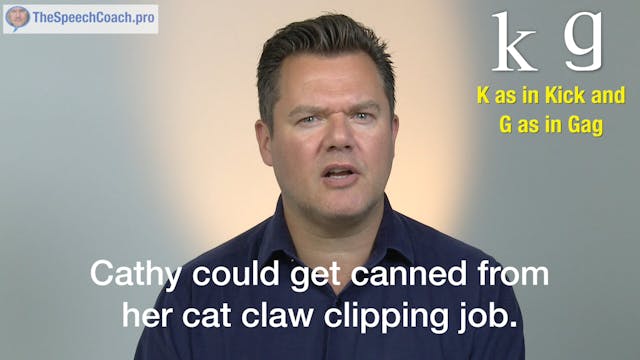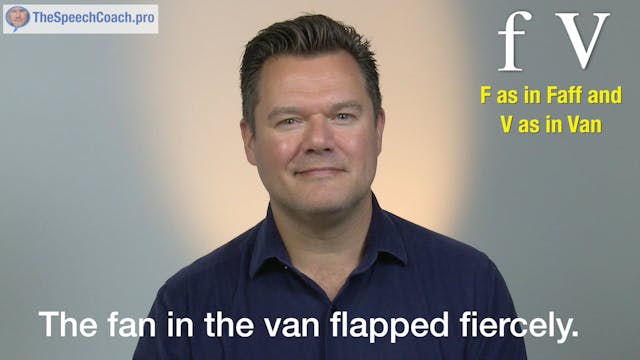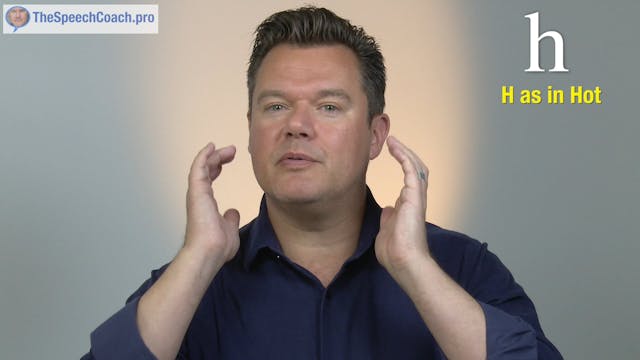028 T as in Tot and d as in Dot
4: The Consonant Sounds: How to Say Them, Drills & Avoiding Faults
•
6m 56s
Continuing with the plosives we have:
T which is not voiced and also its voiced equivalent D. Compare the two sounds and listen for the voice in the D sound:
T/D T/D T/D T/D
To make the T sound, press the tip of your tongue against the alveolar ridge - the gum line just above and behind your two front teeth - and sharply release the pressure: T T T
The important thing to watch out for with this sound is that we do not release too much breath because that can make it sound like a T with an S after it. We want to hear: T and not Ts
Compare: YET and YETs
Another common fault with the “T” sound is that it can be dropped from the ends of words. This can result in lazy or confusing speech.
Let’s practice the “T” sound using all of the vowels.
Up Next in 4: The Consonant Sounds: How to Say Them, Drills & Avoiding Faults
-
029 K as in Kick and G as in Gag
The consonant C can sometimes be pronounced “S” as in “since” but here we are looking at the hard, plosive, unvoiced “K” sound indicated by both the letters C and K. So that’s “K” as in “can”. And we are also looking at its voiced equivalent “G” as in “get”.
Compare the two sounds:
K/G K/G K/G...
-
030 F as in Faff and V as in Van
Another unvoiced and voiced pair of sounds are “FFF” usually denoted by the letter F and “VVV” denoted by the letter V. Sometimes the letter F can require a voiced “VVV” sound as in the word “of”. The double F in “off” has the unvoiced “FFF” sound. As ever, you can always refer to a dictionary’s ...
-
031 H as in Hot
The “H” sound denoted by the letter aitch is called a glottal fricative sound and is made by breathing out through a slightly narrowed opening at the very back of your mouth and the top of your throat. This is achieved by slightly closing up your airway so that the air hisses slightly: “HHH”. If ...


